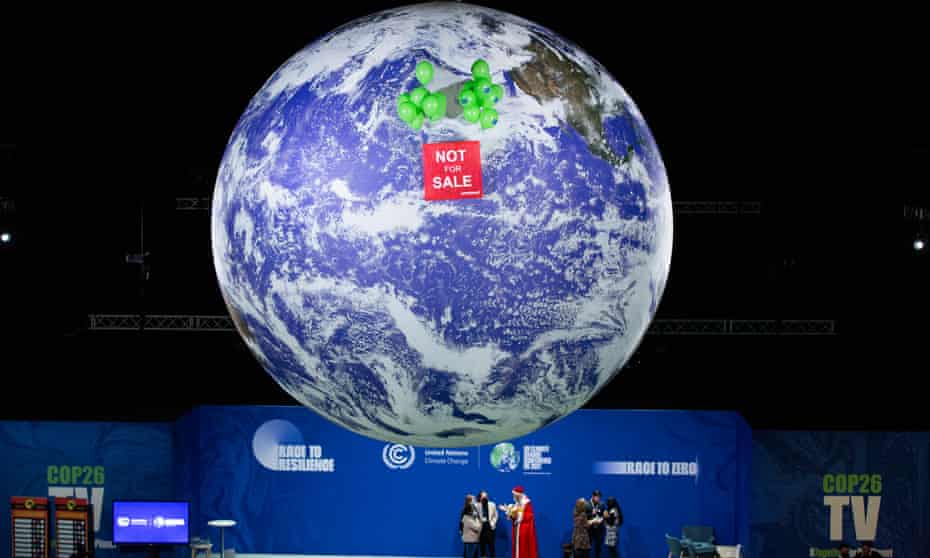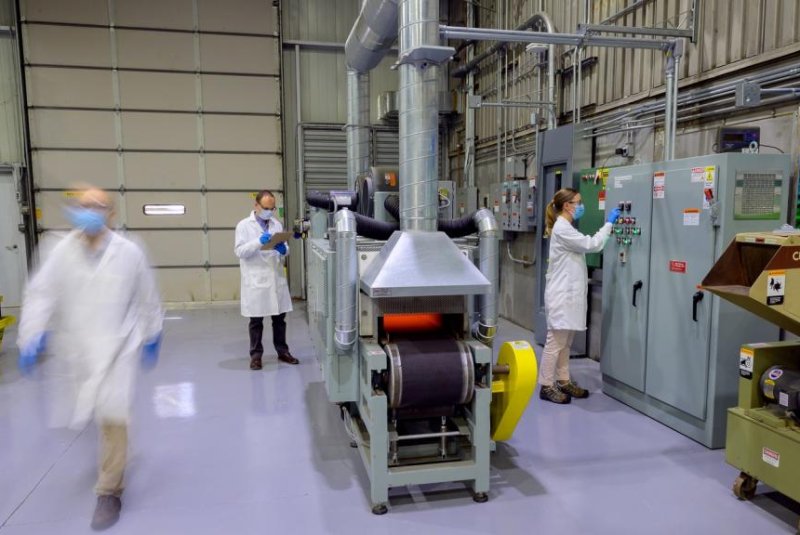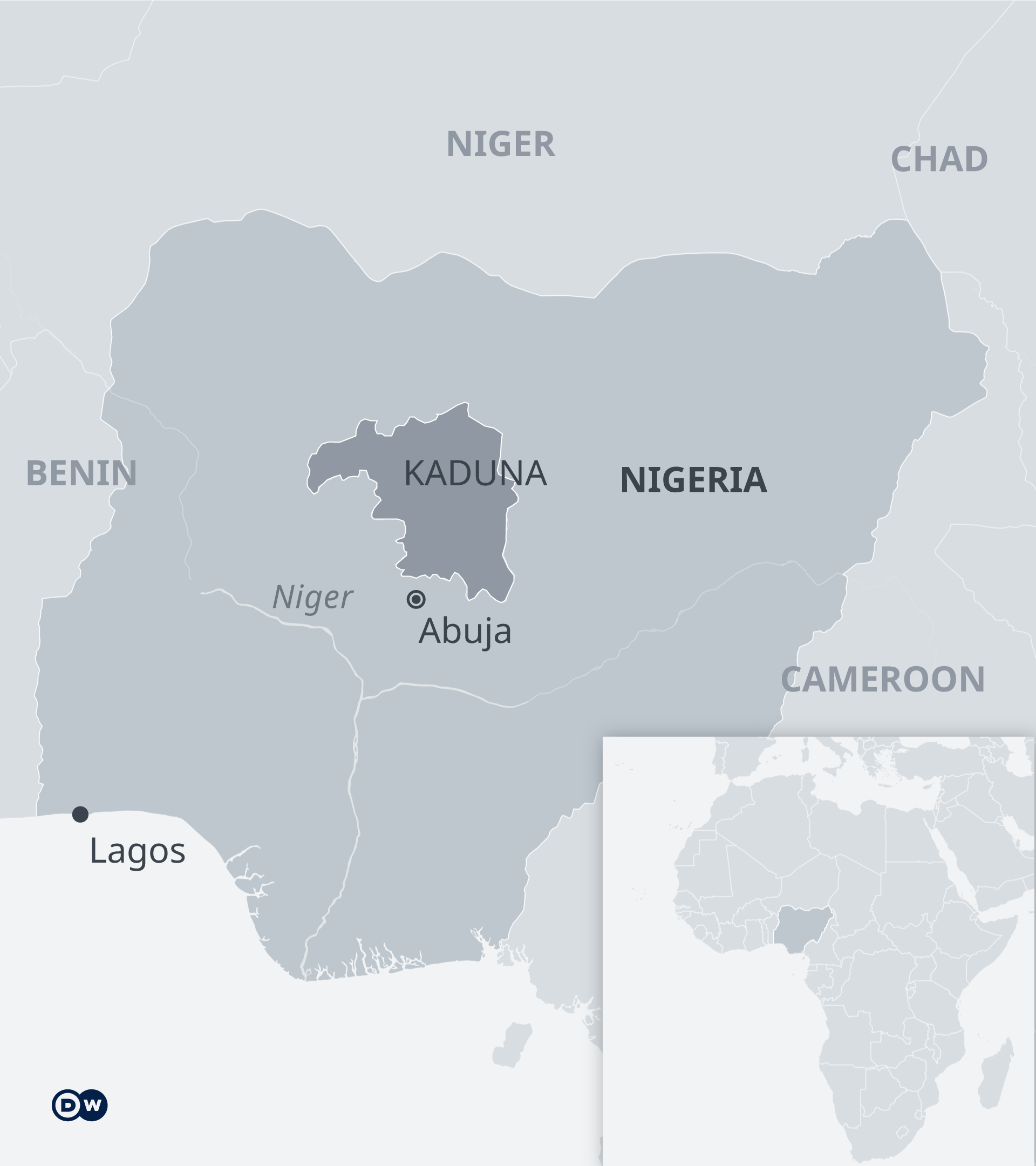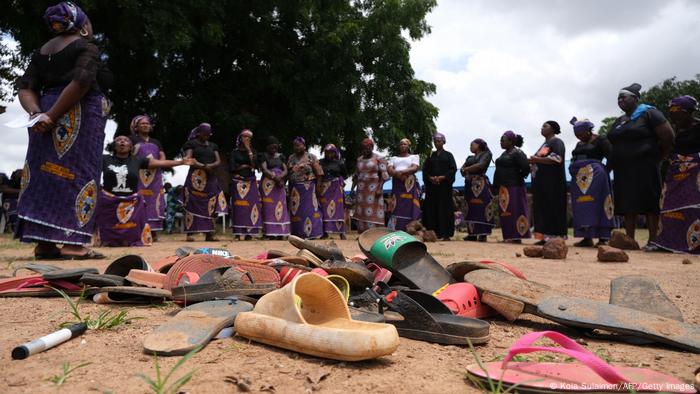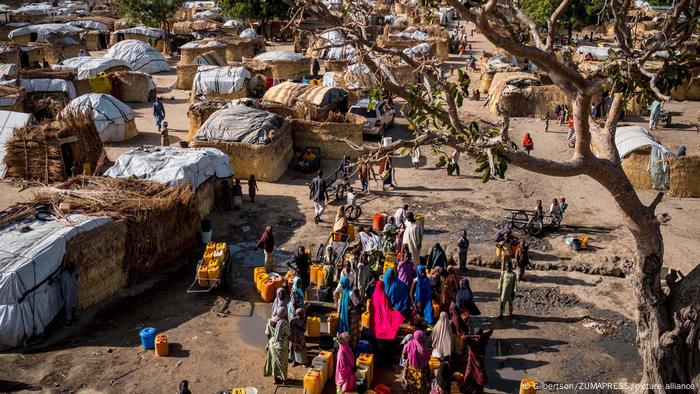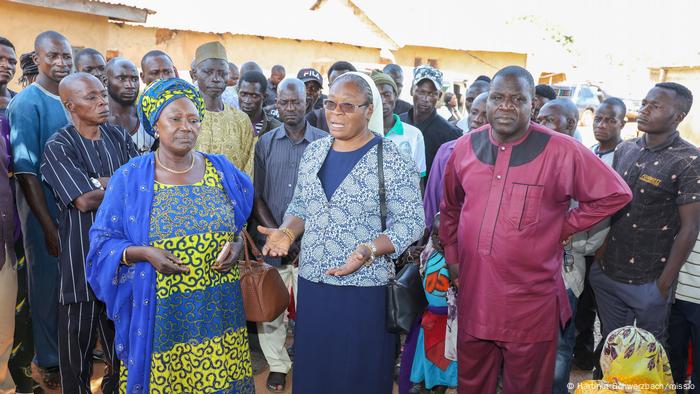Brooklyn Neustaeter
Published Friday, November 12, 2021

TORONTO -- Canadian environmentalist David Suzuki says promises made at COP26 don't carry much weight in the fight against climate change as he believes the pledges don't go far enough in protecting the Earth's atmosphere.
World leaders have pledged a variety of climate measures at this year's summit, including working to curb deforestation and methane emissions. Many of Prime Minister Justin Trudeau's pledges at the UN climate talks in Glasgow reflected promises he made during the federal election campaign earlier this year, such as a global carbon tax and a cap on Canadian oil and gas emissions.
The latest draft proposals from COP26, released Friday, call on countries to accelerate "the phaseout of unabated coal power and of inefficient subsidies for fossil fuels." Suzuki told CTV's Your Morning on Friday that this is the first instance that all of the attending countries have agreed to use the term "fossil fuels" in the documentation.
"I hear this morning they're celebrating because for the first time in 26 meetings they've got fossil fuels actually in their documents that they're going to end with. I mean, is this progress?" Suzuki said.
Sign up for The Climate Barometer, delivered to your inbox every week
Suzuki was invited to this year's summit, but says he "didn't see really the point of going" given the lack of progress that is made at the talks.
"The whole meeting is doomed because it doesn't start out from the basic premise that all human beings on the planet belong to a single species," he said.
"So can we not start with the fundamental fact that we get this gift from nature, which is clean air, and we have a responsibility to care for it? Not use it as a garbage can for everything we burn and dump into the air," he said.
If countries don't build their climate promises with this premise in mind, Suzuki says they will continue to prioritize national interests and the economy over the health of their citizens.
"Nobody's focused on the fundamental fact that we have an emergency. Human beings have changed the chemistry of the atmosphere," he said.
Scientists say 1.5 C -- the aspirational goal set down in the 2015 Paris Agreement -- is the most the Earth’s temperature can afford to rise to avoid a "catastrophic" increase in intense heatwaves, droughts, storms, floods and crop failures that parts of the world are already experiencing.
To meet this goal, the United Nations wants to achieve "net zero," where no more greenhouse gases are emitted than can simultaneously be absorbed, by 2050.
However, it says that will be impossible unless emissions, mostly of carbon dioxide from burning coal, oil and gas, are cut by 45 per cent from 2010 levels by 2030.
According to Climate Action Tracker research group, the national pledges submitted so far to cut greenhouse gases by 2030 would allow the Earth's temperature to rise 2.4 C from pre-industrial levels by 2100.
"Civilization simply will not be able to survive that," Suzuki said.
He added that countries will be in "total climate chaos" if the Earth's temperature reaches 2.4 C, and says leaders aren't dealing with that at these meetings.
Canada's oil and gas sector accounts for approximately 26 per cent of the country's total emissions, and Canada is also one of the world's top public financiers of fossil fuels averaging more than $13 billion per year, according to the Climate Action Network.
While Canada has promised to reduce these numbers, Suzuki says he has little faith that these pledges will be met given the country's history with climate pledges. He noted that the federal government has promised to reduce emissions before, and did not meet those goals.
"I don't have any hope that we're going to try to meet it because it's all done within a political context," Suzuki said, adding that leaders don't care enough about how global warming will impact humans and are more concerned about the costs associated with lowering emissions.
In the fight against climate change, Suzuki said Canada needs to stop subsidizing the fossil fuel industry and declare an emergency, as it did with the COVID-19 pandemic.
"The question is, are we committed to deal with this the way we did against COVID? And we're not out of the COVID crisis yet, but COVID is nothing compared to what climate is going to do to us if we don't take it as an emergency," Suzuki said.
With files from The Associated Press







:format(jpeg)/cloudfront-us-east-1.images.arcpublishing.com/tgam/N6CWAEV3YVKJZMS3HLGYJFCP5Y.jpg)
:format(jpeg)/cloudfront-us-east-1.images.arcpublishing.com/tgam/4T43C7PYA5KNLJXA5W7DQP3E54.jpg)
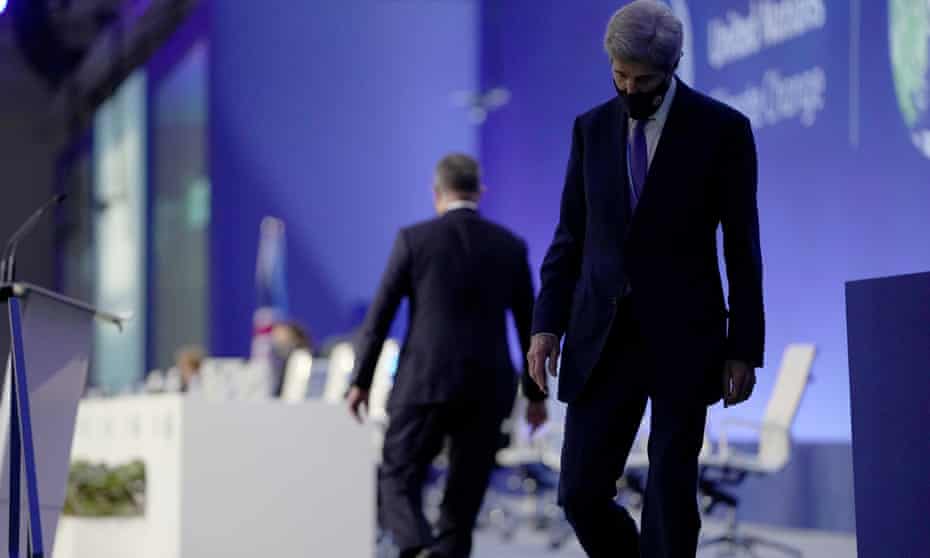
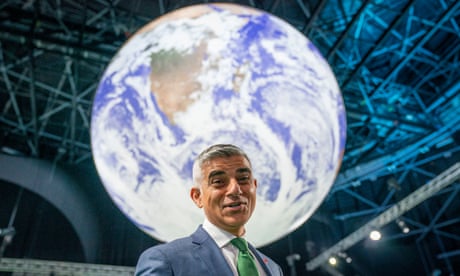
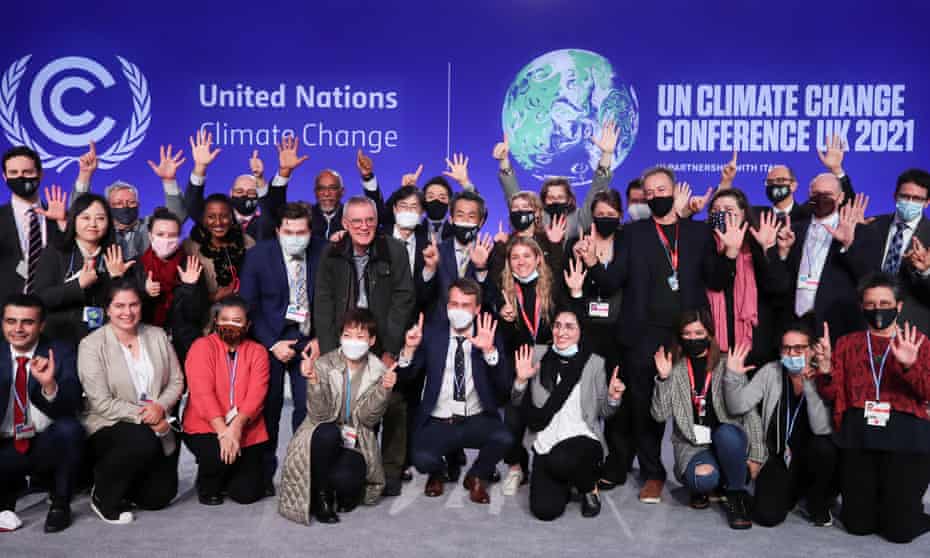 Delegates pose for a photo at the end of the Cop26 climate conference. Photograph: Yves Herman/Reuters
Delegates pose for a photo at the end of the Cop26 climate conference. Photograph: Yves Herman/Reuters